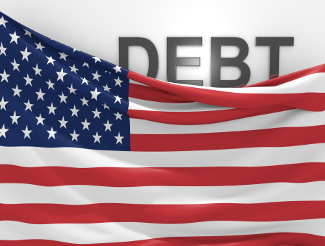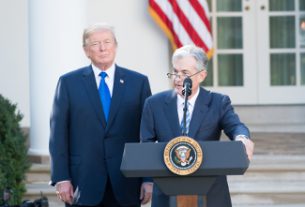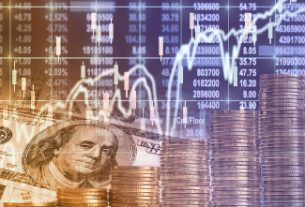The federal government reopened this week after the longest shutdown ever. But while most Americans saw national parks and federal museums shuttered and assumed that the rest of the government was closed in a similar manner, that wasn’t really the case. In fact, despite the hundreds of thousands of federal workers furloughed or made to work without pay during the shutdown, federal government spending only decreased by 7 percent. That’s a slowdown, not a shutdown. That highlights not only the fallacy of calling such slowdowns shutdowns but also the problem of out of control federal spending.
It’s no secret that federal workers make higher salaries than their counterparts in many other industries, and that their benefits such as healthcare and retirement packages are also better than what they could get at many private employers. But as the shutdown demonstrated, bloated federal worker salaries are a drop in the bucket when it comes to total federal spending.
The federal government’s spending has historically been roughly categorized into two camps: welfare spending and warfare spending. Spending on welfare and entitlement programs such as Social Security, Medicare, Medicaid, and food stamps is almost on autopilot, increasing every year with no end in sight. Warfare spending on the Department of Defense and intelligence agencies continues to grow too, dwarfing what every other country around the world spends on their militaries.
And now there’s a third category that is starting to grow exponentially: interest expense. Federal spending on interest on the national debt increased an amazing 14 percent in fiscal year 2018, coming in at over $523 trillion. Through the first three months of FY 19 interest expenditures have grown at a rate that, if annualized, would mean a more than 20% increase in interest expense this fiscal year. And with the Congressional Budget Office projecting a $900 billion deficit in FY 19 and $1 trillion deficits beginning in FY 22, the problem of out of control federal spending will only get worse.
Savvy investors see the writing on the wall and realize that it’s only a matter of time before the US government will default on what right now is a nearly $22 trillion debt. That doesn’t need to take the form of an outright default either, as a default through inflation, devaluation and debasement of the dollar, is a default as well. The growing national debt and the growing interest on the national debt will continue to weigh on the US government and on US taxpayers. The result will be increased taxation, a weakened dollar, and a declining standard of living for all Americans.
It is incumbent on investors, then, to do everything they can to protect their wealth. Stocks and bonds will suffer under the weight of increased debt and taxation. Only gold will protect investors’ assets with any certainty, as it has for centuries. Don’t wait until the debt default is just around the corner to invest in gold. Get into gold today in order to safeguard your savings against the coming collapse of the dollar.
This article was originally posted on Goldco.





